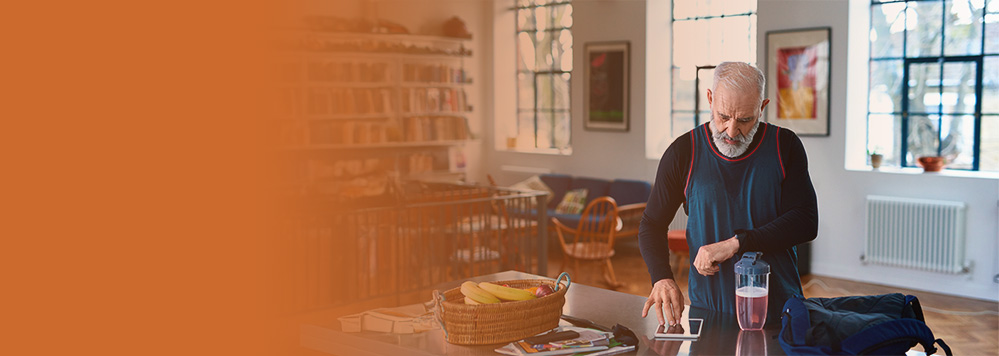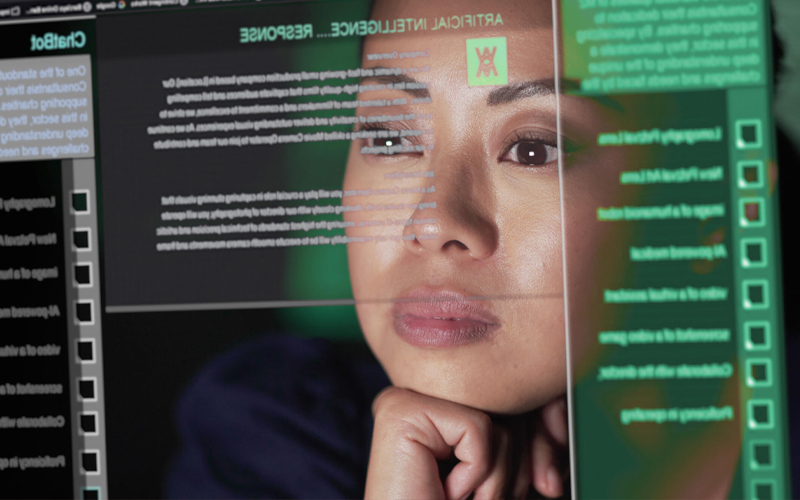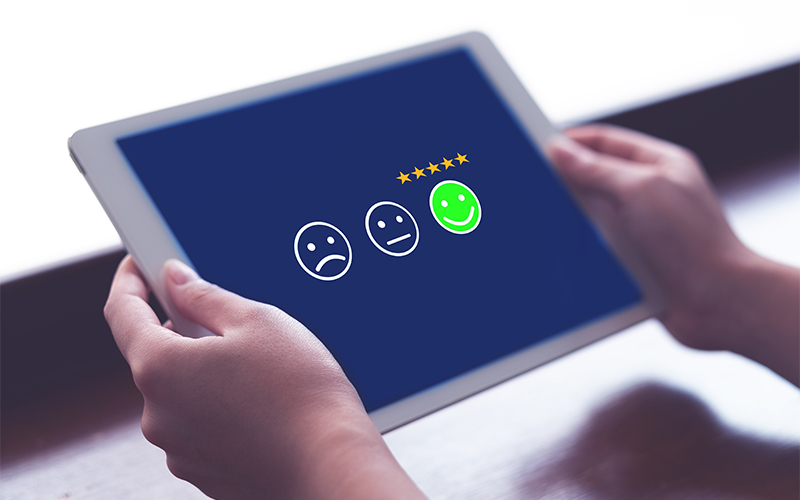The perennial rat race has ensured that we are always on our toes, rushing to keep track of our professional KPIs, vying to stay ahead of the game, and keeping a perfect record in the workplace. However, if the recent events have taught us anything, it is that we should keep a closer watch on our critical health KPIs to not just combat, but also prevent illnesses. This is where smart and wearable healthcare devices have found their use.
According to a report by Deloitte Global, the number of wellness wearable devices circulated worldwide will reach a whopping 440 Mn by 2024. A plethora of healthcare devices have flooded the market and can cater to different age groups. From a new line of infant clothing that helps monitor a child’s sleep and breathing patterns, to wearable devices for the elderly that can track heart rate or level of physical activity, detect falls, provide location information, and send alerts to caregivers.
However, pause to think – how safe are these devices that we have come to rely on? A compromised wearable device has the potential to leak your personal information while risking not just your reputation, but your health as well.
A gold mine for hackers
Yes, the technology is extremely useful, but this utility cannot come at the cost of security. Let’s take an example. Mark wears a smartwatch to track his daily movement and has connected the same to his smartphone, which he also uses to connect to his organization’s network. In case his smartwatch gets hacked, wouldn’t that compromise the safety of the organization’s cloud?
As these devices are primarily used for tracking, most of them may not have any strong controls in place that can guard your data. Transmission of such unsecured and unencrypted data can lead to leakage of sensitive information, such as health records being intercepted by malicious entities. Additionally, in case of weak or non-existent user authentication, hackers can get unauthorized access to sensitive data.
Currently, there are startups in the market that promise discounts on health insurance if you wear a healthcare device of their choice. The catch? The insurance agencies get hordes of data pertaining to your daily lifestyle from the device, which is then used to jack up your insurance premium, reduce coverage, and even your claim settlements.
Best practices to evade such hackers
You can never go wrong with a strong password – after all, your data is only as secure as your password! It is also critical to keep updating your device’s software to the latest version, which in turn will address the known vulnerabilities. As gadgets are the storehouse of your data, it is best to purchase health devices from reputed and certified manufacturers that are known to provide safe devices and quality service.
As health devices get as smart as our phones, we ought to opt for the same level of security. Configure your device to maximize privacy and always be cautious of unsolicited emails and messages asking for personal information, and login credentials, which can be used for phishing attacks. It is ideal to use two-factor authentication wherever possible to enable an extra layer of security. Regularly checking the device activity logs can also alert you in case of any suspicious activity. Lastly, when discarding an old device, you can wipe the history from the device’s memory to protect your data.
While safeguarding our health, we must not forget to safeguard the health of our wearable healthcare devices. Remember, it is you who should be using such devices to track and monitor your movement, and not the other way around.







